The iconic styles of the 1920s and 1930s, including the flapper era and vintage Hollywood glamour, have left an undeniable mark on fashion history, which continues to inspire today’s trends, and at mens-fashion.net, we delve into these captivating periods. These decades brought revolutionary changes in silhouettes, fabrics, and social norms, influencing everything from casual wear to high fashion, blending the exuberance of the Jazz Age with the elegance of the Golden Age of cinema, with both eras redefining elegance and personal expression in menswear. Come explore the lasting appeal of 1920s And 1930s Fashion, which represents the embodiment of Jazz Age sophistication and enduring elegance, and discover how mens-fashion.net is your go-to guide for vintage styles, sophisticated trends, and fashion history.
1. How Did the 1920s Fashion Revolutionize Menswear?
The 1920s marked a significant shift in menswear, characterized by looser, more comfortable styles that reflected the era’s dynamic spirit. This transition moved away from the restrictive Edwardian era suits towards more relaxed silhouettes, signifying a newfound freedom and modernity.
What Were the Defining Characteristics of 1920s Suits?
Suits in the 1920s were characterized by softer tailoring and less structured forms. Key features included:
- Looser Fit: Suits were less form-fitting, providing greater comfort and ease of movement.
- Wide-Leg Trousers: Trousers were cut wider than in previous years, often with a high waist.
- Soft Shoulders: Shoulders were natural and less padded, creating a more relaxed silhouette.
- Three-Piece Suits: Still popular, but vests were often worn unbuttoned for a casual look.
- Fabrics: Tweed, wool, and flannel were commonly used, offering both style and practicality.
How Did Sportswear Influence 1920s Menswear?
The growing popularity of sports like golf and tennis significantly influenced casual menswear in the 1920s. Key elements included:
- Knickers and Plus Fours: These baggy-kneed trousers were a staple for golfers and other sportsmen.
- Sweater Vests: Often worn over shirts and ties, adding a layer of warmth and style.
- Oxford Shoes: These versatile shoes were suitable for both sports and casual wear.
- Argyle Patterns: Popular on socks and sweaters, adding a touch of visual interest.
What Accessories Defined the 1920s Gentleman?
Accessories played a crucial role in completing the 1920s look. Essential items included:
- Hats: Fedoras, newsboy caps, and boaters were popular choices, adding character to any outfit.
- Ties: Bold patterns and colors were in vogue, often featuring Art Deco designs.
- Pocket Squares: These added a touch of elegance to suit jackets.
- Pocket Watches: A symbol of sophistication, often paired with a chain or fob.
- Two-Tone Shoes: Spectator shoes in contrasting colors were a stylish footwear option.
2. What Defined Menswear in the 1930s?
The 1930s brought a more refined and sophisticated aesthetic to menswear, influenced by the economic hardships of the Great Depression and the glamour of Hollywood. This decade saw a return to more structured silhouettes and elegant details.
How Did Suit Styles Evolve in the 1930s?
Suits in the 1930s were more tailored than in the previous decade, with a focus on enhancing the wearer’s physique. Key changes included:
- Shaped Silhouette: Jackets were tailored to create a more defined waistline.
- Wider Shoulders: Shoulder padding was used to create a broader, more masculine look.
- Tapered Trousers: Trousers were tapered from the knee down, offering a cleaner line.
- Double-Breasted Suits: These became increasingly popular, exuding sophistication and confidence.
- Fabrics: Heavier wools and tweeds were favored, providing warmth and durability.
What Was the Influence of Hollywood on 1930s Menswear?
Hollywood stars like Cary Grant and Fred Astaire significantly influenced menswear in the 1930s, setting trends with their impeccable style. Key elements included:
- Elegant Evening Wear: Tuxedos and dinner jackets were essential for formal occasions.
- Sporty Casual Looks: Actors often sported casual attire such as sweaters, slacks, and sports jackets.
- Sophisticated Accessories: Pocket squares, ties, and hats were carefully chosen to complement outfits.
- Grooming: Clean-shaven faces and neatly styled hair were the norm.
How Did Workwear Influence 1930s Menswear?
The Great Depression influenced the practicality and durability of menswear. Key aspects included:
- Durable Fabrics: Denim, canvas, and heavy cotton were used for work clothes.
- Functional Designs: Overalls, work shirts, and chore coats were designed for practicality.
- Neutral Colors: Earth tones and muted shades were common, reflecting the somber mood of the era.
3. Essential Elements of 1920s Menswear: Style and Accessories
The 1920s were an era of unprecedented change and excitement, and menswear reflected this dynamic energy through bold styles and distinctive accessories. This period was characterized by a departure from traditional norms, with a focus on comfort, individuality, and a touch of flamboyance.
What Fabrics and Patterns Were Popular in 1920s Menswear?
Fabrics and patterns played a crucial role in defining the 1920s aesthetic, adding depth and character to men’s wardrobes. Popular choices included:
- Tweed: A classic choice for suits and outerwear, offering warmth and texture.
- Wool: Versatile and durable, used for suits, trousers, and sweaters.
- Flannel: Soft and comfortable, ideal for casual wear.
- Stripes: Bold stripes were common on suits, adding a touch of visual interest.
- Argyle: Popular on socks and sweaters, adding a touch of preppy style.
- Geometric Patterns: Art Deco-inspired patterns were used on ties, pocket squares, and vests.
What Were the Key Outerwear Styles of the 1920s?
Outerwear in the 1920s was both functional and stylish, designed to complement the era’s distinctive silhouettes. Key styles included:
- Overcoats: Long, often double-breasted coats in wool or tweed, providing warmth and sophistication.
- Trench Coats: Inspired by military attire, trench coats were both practical and fashionable.
- Mackinaws: Heavy wool coats, ideal for cold weather.
- Leather Jackets: Increasingly popular for casual wear, offering a rugged yet stylish look.
What Footwear Choices Defined 1920s Menswear?
Footwear in the 1920s ranged from formal dress shoes to sporty casual options, catering to a variety of occasions. Popular choices included:
- Oxford Shoes: A classic choice for formal and semi-formal occasions.
- Spectator Shoes: Two-tone shoes in contrasting colors, adding a touch of flair.
- Loafers: Comfortable and casual, perfect for leisure activities.
- Boots: Ankle boots and work boots were worn for practical purposes.
4. Defining 1930s Menswear: Elegance and Formality
The 1930s marked a return to elegance and formality in menswear, with a focus on tailored silhouettes and refined details. This decade was heavily influenced by the glamour of Hollywood and the need for practicality during the Great Depression.
What Role Did Accessories Play in 1930s Menswear?
Accessories were essential for completing the sophisticated look of the 1930s gentleman. Key items included:
- Ties: Silk ties with geometric patterns or subtle stripes were popular.
- Pocket Squares: These added a touch of elegance to suit jackets.
- Hats: Fedoras, Homburgs, and newsboy caps were common choices.
- Gloves: Leather gloves were worn for warmth and style.
- Cufflinks: These added a touch of refinement to dress shirts.
How Did the Great Depression Influence Menswear in the 1930s?
The Great Depression had a significant impact on menswear, leading to a focus on practicality and durability. Key changes included:
- Affordable Fabrics: Less expensive materials like cotton and wool blends were used.
- Versatile Garments: Clothing items were designed to be worn in multiple ways, maximizing their value.
- Repurposing and Repairing: Men often repaired and altered their existing clothing to extend its lifespan.
What Were the Popular Hairstyles and Grooming Trends of the 1930s?
Grooming was an essential aspect of the 1930s aesthetic, with men favoring neat and polished hairstyles. Key trends included:
- Short Hair: Hair was typically cut short and neatly styled.
- Side Parts: A clean side part was a popular choice.
- Pomades and Tonics: These were used to keep hair in place and add shine.
- Clean-Shaven Faces: Most men preferred to be clean-shaven, maintaining a polished appearance.
- Mustaches: Some men sported neatly trimmed mustaches, adding a touch of sophistication.
5. Iconic Figures and Fashion Influencers of the 1920s and 1930s
The fashion of the 1920s and 1930s was significantly influenced by iconic figures and trendsetting individuals who shaped the sartorial landscape of the era. These influencers ranged from Hollywood stars to fashion designers, each leaving a lasting impact on menswear.
Who Were the Key Fashion Designers of the 1920s and 1930s?
Several designers played a crucial role in shaping the fashion of the 1920s and 1930s:
- Coco Chanel: Revolutionized women’s fashion with her comfortable, practical designs, influencing menswear with her emphasis on simplicity and elegance.
- Jean Patou: Known for his sportswear and modern designs, Patou helped define the casual look of the 1920s.
- Elsa Schiaparelli: Famous for her surrealist designs, Schiaparelli brought a touch of avant-garde flair to the 1930s fashion scene.
Which Hollywood Stars Influenced Menswear in the 1930s?
Hollywood stars played a significant role in popularizing menswear trends in the 1930s. Notable influencers included:
- Cary Grant: Known for his impeccable style and sophisticated demeanor, Grant set the standard for elegant menswear.
- Fred Astaire: Famous for his dancing and effortless style, Astaire popularized casual yet refined looks.
- Clark Gable: With his masculine charm and classic style, Gable influenced men’s fashion with his tailored suits and accessories.
How Did These Figures Impact Fashion Trends?
These figures impacted fashion trends in several ways:
- Setting Trends: By wearing specific styles and designs, they set trends that were widely adopted by the public.
- Inspiring Designers: Designers drew inspiration from these figures, creating clothing that reflected their signature looks.
- Promoting Brands: By wearing certain brands, they helped promote these brands to a wider audience.
- Shaping Perceptions: Their style choices shaped perceptions of masculinity and elegance, influencing how men dressed and presented themselves.
6. The Influence of Music and Art on 1920s and 1930s Fashion
The vibrant cultural landscape of the 1920s and 1930s, characterized by groundbreaking movements in music and art, profoundly influenced the fashion of the era. From the Jazz Age to Art Deco, these cultural forces shaped the styles and trends of the time.
How Did Jazz Music Influence 1920s Fashion?
Jazz music, with its energetic rhythms and improvisational spirit, had a significant impact on 1920s fashion. Key aspects included:
- Looser Silhouettes: Reflecting the freedom and movement of jazz dance, clothing became looser and less restrictive.
- Bold Colors and Patterns: Jazz-inspired styles often featured bold colors and geometric patterns, reflecting the music’s vibrant energy.
- Accessories: Accessories like hats, scarves, and jewelry added a touch of flair to jazz-age outfits.
What Role Did Art Deco Play in Shaping 1930s Fashion?
Art Deco, with its geometric shapes and luxurious materials, had a profound influence on 1930s fashion. Key elements included:
- Geometric Patterns: Art Deco designs often featured geometric patterns on fabrics, adding a touch of sophistication.
- Luxurious Materials: Silk, satin, and velvet were commonly used, reflecting the opulence of the Art Deco era.
- Streamlined Silhouettes: Art Deco-inspired clothing often featured streamlined silhouettes, emphasizing elegance and refinement.
How Did These Cultural Movements Impact Fashion Choices?
These cultural movements influenced fashion choices in several ways:
- Inspiration for Designers: Designers drew inspiration from jazz music and Art Deco, creating clothing that reflected these cultural influences.
- Shaping Consumer Preferences: Consumers were drawn to styles that reflected the energy of jazz and the elegance of Art Deco.
- Promoting Individuality: These movements encouraged individuals to express themselves through their clothing choices.
7. The Evolution of Menswear: 1920s to 1930s
The evolution of menswear from the 1920s to the 1930s represents a fascinating shift in style and social norms. The transition from the Roaring Twenties to the more subdued Thirties saw significant changes in silhouettes, fabrics, and overall aesthetic.
What Were the Key Differences in Suit Styles Between the Two Decades?
Suit styles underwent notable changes between the 1920s and 1930s:
| Feature | 1920s | 1930s |
|---|---|---|
| Silhouette | Looser, less structured | More tailored, with a defined waistline |
| Shoulders | Natural, less padded | Wider, with shoulder padding for a broader look |
| Trousers | Wide-leg, often with a high waist | Tapered from the knee down, offering a cleaner line |
| Popularity | Three-piece suits, often worn casually | Double-breasted suits, exuding sophistication and confidence |
| Fabric Choices | Tweed, wool, and flannel | Heavier wools and tweeds, providing warmth and durability |
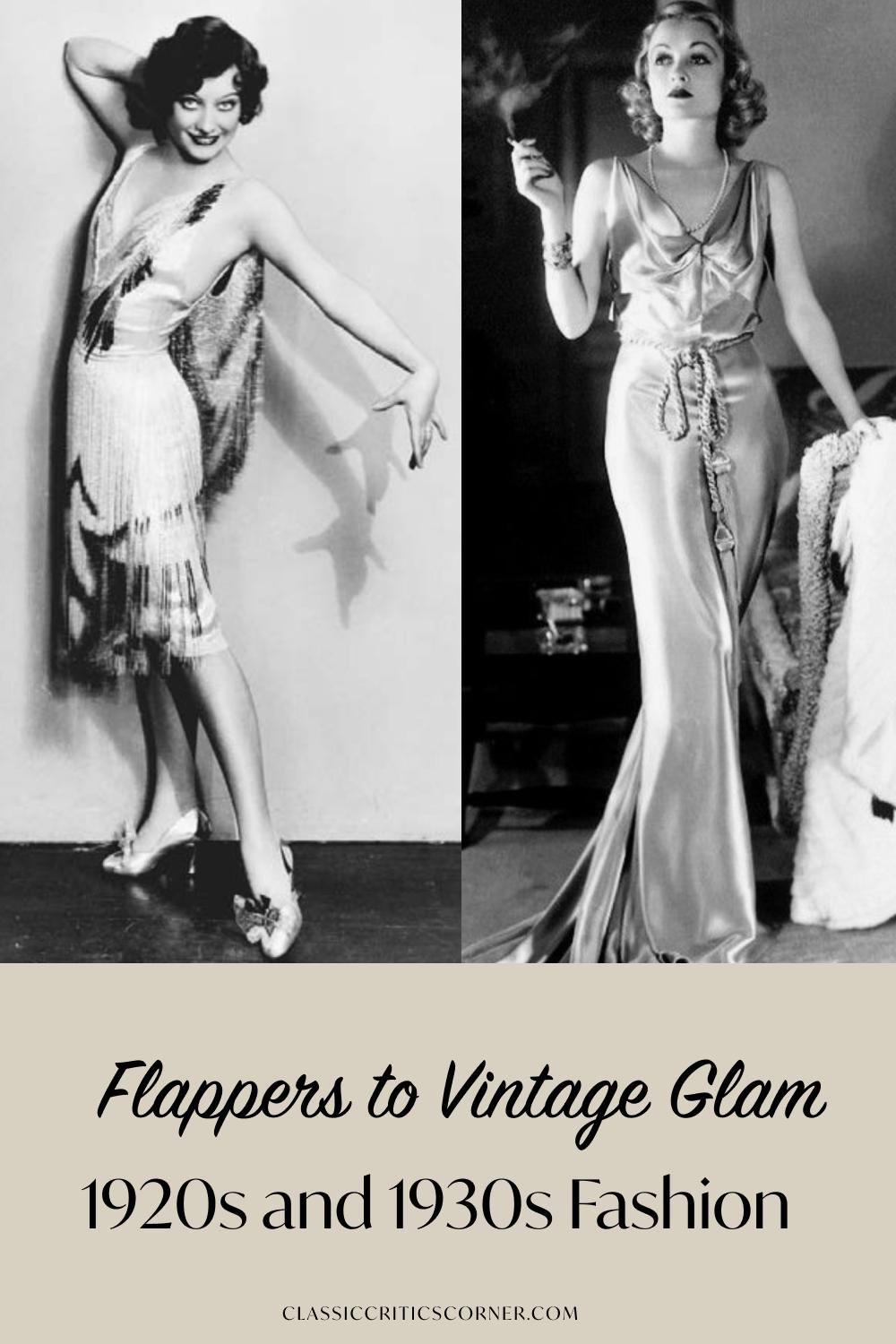
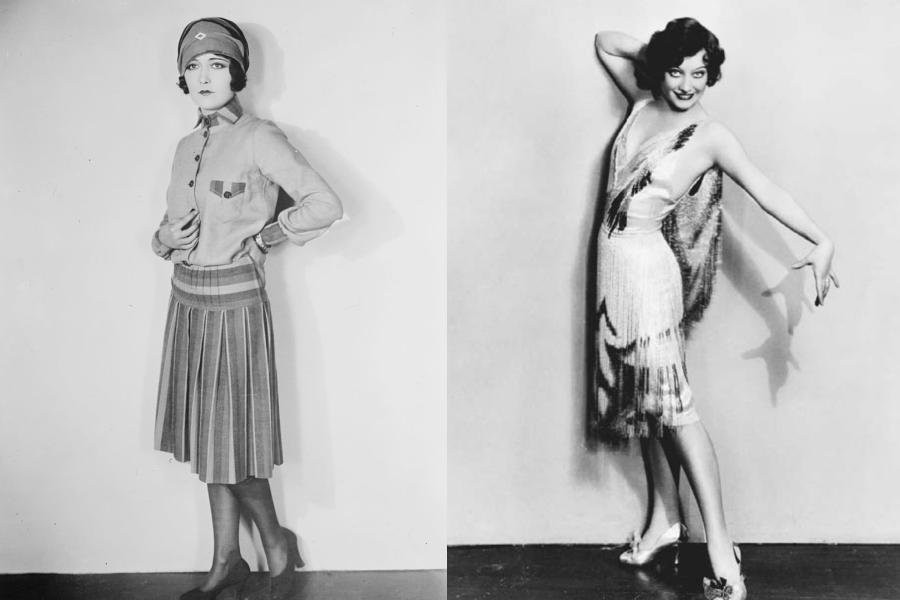
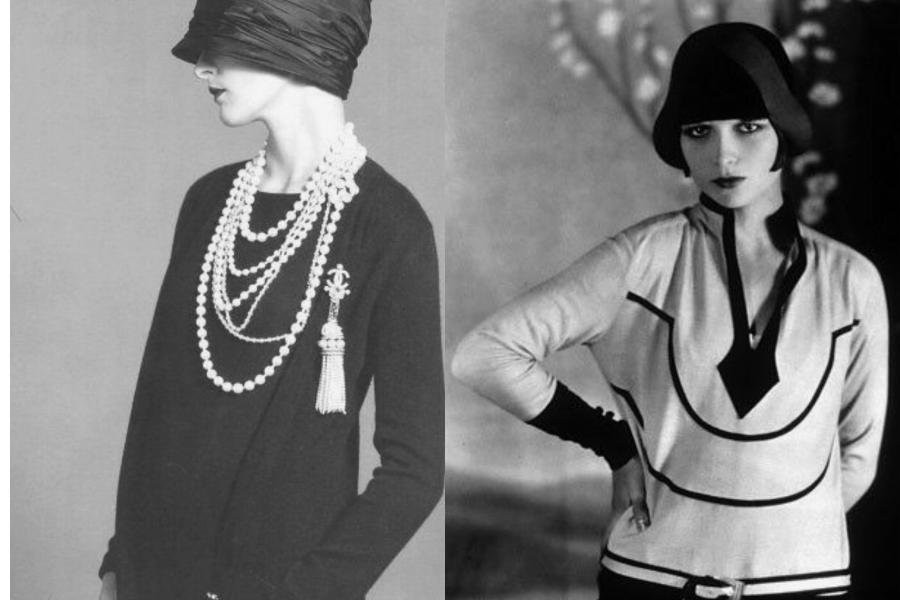

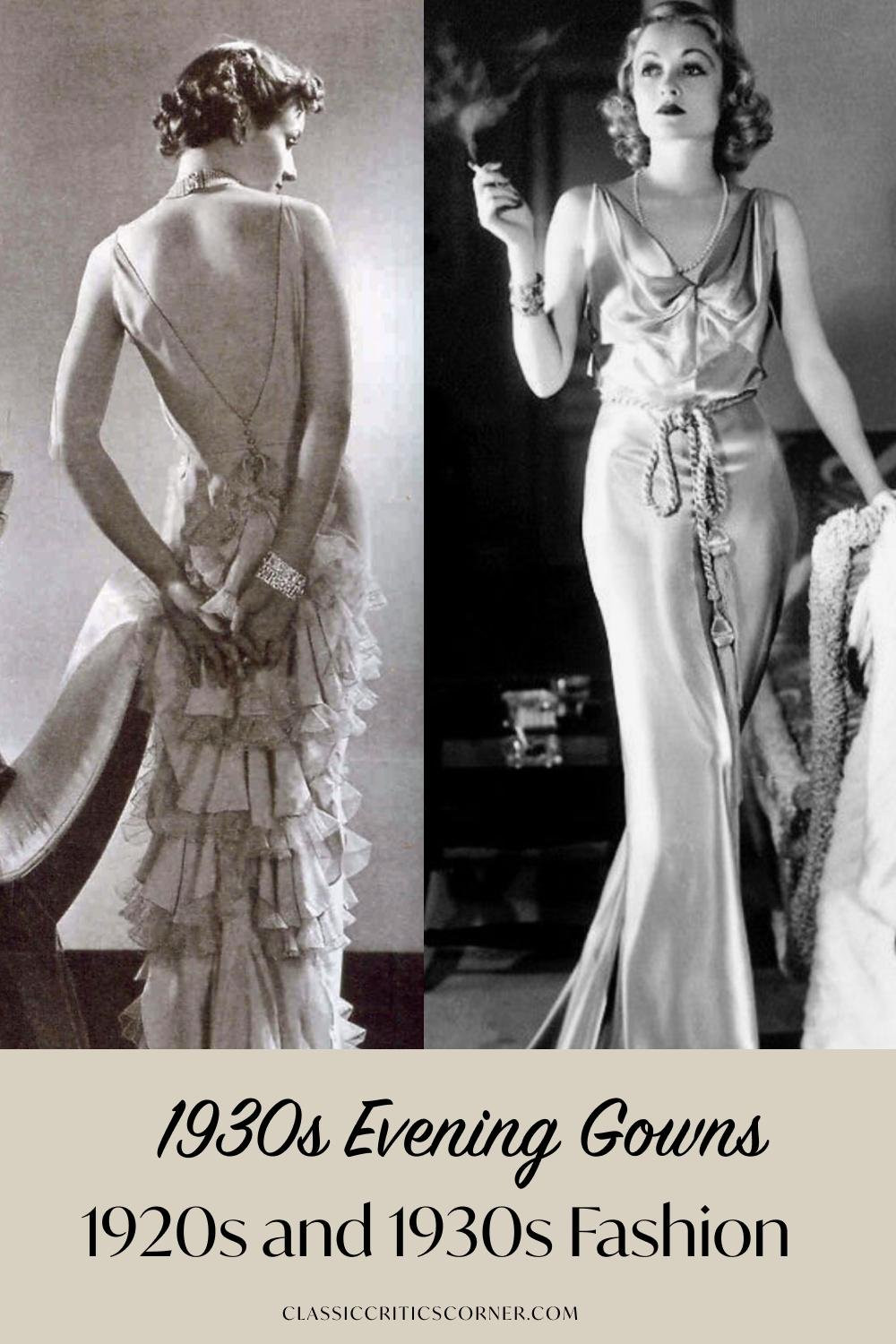

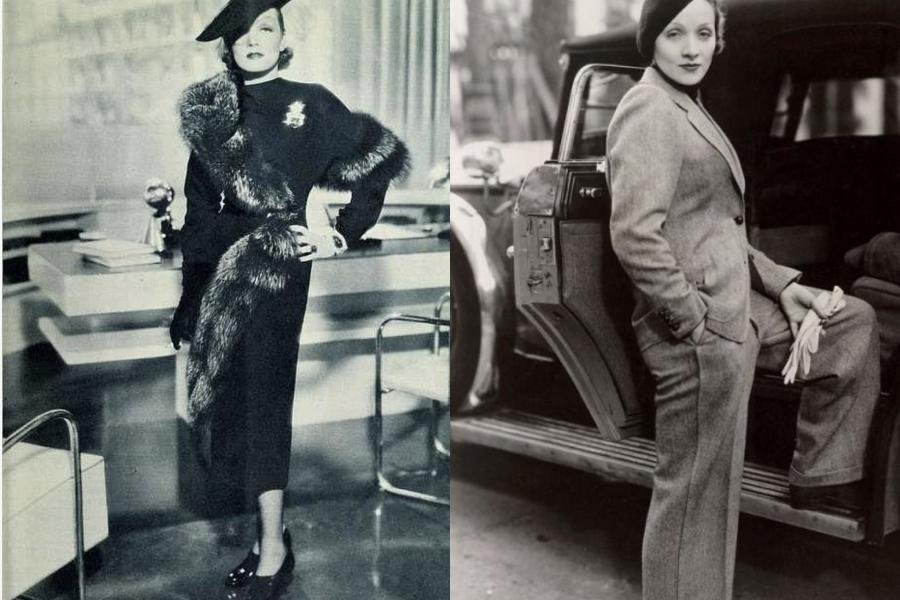
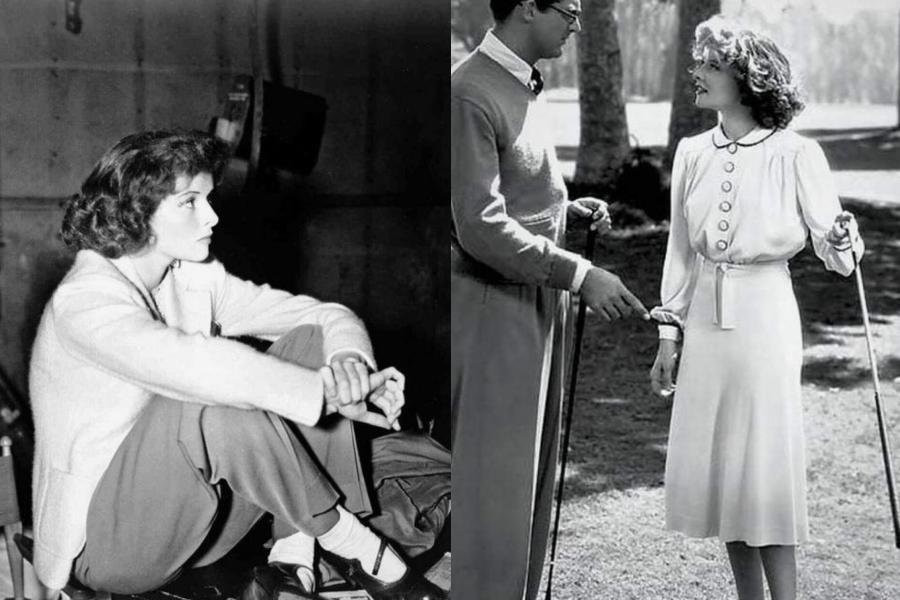
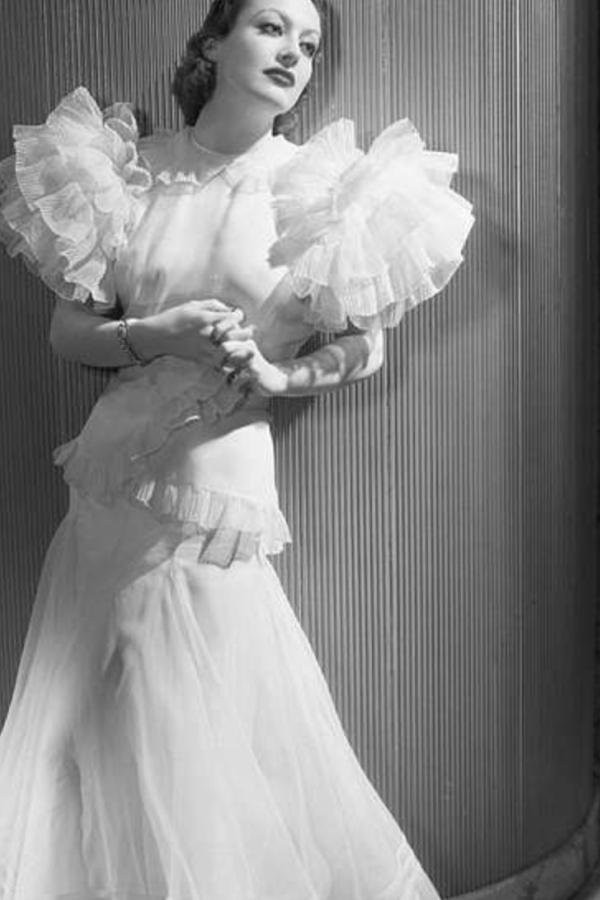
How Did Casual Wear Change From the 1920s to the 1930s?
Casual wear also evolved during this period:
- 1920s: Sportswear-inspired styles were popular, with knickers, sweater vests, and Oxford shoes being common choices.
- 1930s: Casual wear became more refined, with tailored sports jackets, slacks, and loafers being favored.
What Were the Significant Accessory Trends That Defined Each Decade?
Accessories played a crucial role in defining the look of each decade:
- 1920s: Hats like fedoras and boaters were essential, along with bold ties and pocket squares.
- 1930s: More refined accessories such as silk ties, leather gloves, and cufflinks became popular.
8. Modern Interpretations of 1920s and 1930s Menswear
The timeless elegance of 1920s and 1930s menswear continues to inspire contemporary fashion, with designers and style enthusiasts reinterpreting classic looks for the modern era. These vintage-inspired styles offer a unique blend of sophistication and individuality.
How Can You Incorporate 1920s Elements Into a Modern Wardrobe?
To incorporate 1920s elements into a modern wardrobe:
- Suits: Opt for suits with softer tailoring, wider-leg trousers, and natural shoulders.
- Accessories: Add a fedora, newsboy cap, or pocket watch to complete the look.
- Fabrics: Choose tweed, wool, and flannel for a touch of vintage texture.
- Patterns: Incorporate stripes and geometric patterns into your outfit.
What Are Some Tips for Styling 1930s-Inspired Outfits Today?
Styling 1930s-inspired outfits today:
- Suits: Select tailored suits with wider shoulders and a defined waistline.
- Accessories: Add a silk tie, pocket square, and leather gloves for a touch of elegance.
- Fabrics: Choose heavier wools and tweeds for a classic look.
- Grooming: Maintain a clean-shaven face and neatly styled hair for a polished appearance.
Where Can You Find Vintage and Vintage-Inspired Clothing?
You can find vintage and vintage-inspired clothing at:
- Vintage Stores: Explore local vintage stores for authentic pieces from the 1920s and 1930s.
- Online Retailers: Online platforms like Etsy and eBay offer a wide selection of vintage and reproduction clothing.
- Specialty Boutiques: Some boutiques specialize in vintage-inspired styles, offering modern interpretations of classic designs.
9. The Enduring Appeal of 1920s and 1930s Menswear
The timeless elegance of 1920s and 1930s menswear continues to captivate fashion enthusiasts today, offering a unique blend of sophistication, individuality, and historical charm. These styles resonate with modern audiences seeking to express their personal style through classic designs.
Why Does 1920s and 1930s Menswear Remain Popular Today?
The enduring appeal of 1920s and 1930s menswear can be attributed to several factors:
- Timeless Elegance: The classic designs of these decades exude a sense of timeless elegance that transcends fleeting trends.
- Individuality: Vintage-inspired styles offer a unique way to express personal style and stand out from the crowd.
- Nostalgia: These styles evoke a sense of nostalgia for a bygone era of glamour and sophistication.
- Versatility: Many elements of 1920s and 1930s menswear can be incorporated into modern wardrobes, adding a touch of vintage charm to contemporary outfits.
How Can You Adapt These Styles to Suit Your Personal Taste?
Adapting these styles to suit personal taste involves:
- Mixing and Matching: Combine vintage pieces with modern garments to create unique and personalized looks.
- Experimenting with Colors and Patterns: Choose colors and patterns that complement your skin tone and personal style.
- Focusing on Fit: Ensure that clothing fits well, as proper fit is essential for achieving a polished and refined look.
- Adding Personal Touches: Incorporate accessories and details that reflect your individuality and style preferences.
What Resources Are Available for Learning More About 1920s and 1930s Fashion?
Several resources are available for learning more about 1920s and 1930s fashion:
- Books: Explore books on fashion history, vintage clothing, and style icons of the era.
- Museums: Visit fashion museums and exhibitions to view authentic garments and learn about the cultural context of the time. Address: 227 W 27th St, New York, NY 10001, United States. Phone: +1 (212) 217-5800. Website: mens-fashion.net.
- Websites and Blogs: mens-fashion.net offers articles, images, and resources on vintage fashion and style.
- Documentaries and Films: Watch documentaries and films set in the 1920s and 1930s to gain visual inspiration and insight into the fashion of the era.
10. Notable Menswear Designers of the 1920s and 1930s
The menswear of the 1920s and 1930s was shaped by visionary designers who introduced innovative styles and challenged conventional norms. These designers left a lasting legacy, influencing the course of men’s fashion for decades to come.
Who Were the Key Menswear Designers of the 1920s?
Key menswear designers of the 1920s included:
- Jean Patou: Known for his sportswear and modern designs, Patou helped define the casual look of the 1920s, emphasizing comfort and functionality.
- Savile Row Tailors: The tailors of London’s Savile Row played a crucial role in shaping the classic suit styles of the 1920s, emphasizing quality craftsmanship and timeless elegance.
Which Designers Influenced Menswear in the 1930s?
Designers who influenced menswear in the 1930s:
- Gilbert Adrian: As a costume designer for Hollywood, Adrian’s designs for leading men influenced menswear trends, with his tailored suits and elegant evening wear setting the standard for sophistication.
- Savile Row Tailors: Savile Row tailors continued to shape menswear in the 1930s, adapting their classic styles to reflect the decade’s emphasis on tailored silhouettes and refined details.
How Did These Designers Shape the Evolution of Menswear?
These designers shaped the evolution of menswear in several ways:
- Introducing New Styles: They introduced new styles and silhouettes that challenged conventional norms.
- Setting Standards: They set standards for quality, craftsmanship, and design excellence.
- Influencing Consumer Preferences: They influenced consumer preferences, shaping the way men dressed and presented themselves.
- Leaving a Lasting Legacy: Their designs continue to inspire contemporary fashion, with vintage-inspired styles remaining popular today.
Explore the world of vintage sophistication at mens-fashion.net, where you’ll find inspiration and guidance on adapting the classic elegance of the 1920s and 1930s to your modern wardrobe.
FAQ: Decoding 1920s and 1930s Menswear
1. What defines the quintessential 1920s men’s look?
The quintessential 1920s men’s look is defined by looser-fitting suits, wide-leg trousers, soft shoulders, and accessories like fedoras and spectator shoes, embodying the dynamic spirit of the Jazz Age.
2. How did the Great Depression impact men’s fashion in the 1930s?
The Great Depression influenced men’s fashion in the 1930s by emphasizing practicality and durability, leading to the use of affordable fabrics, versatile garments, and a focus on repurposing and repairing clothing.
3. Which Hollywood icons set the trends for men’s fashion in the 1930s?
Hollywood icons like Cary Grant, Fred Astaire, and Clark Gable set the trends for men’s fashion in the 1930s with their impeccable style, sophisticated demeanor, and classic tailored suits.
4. Can I wear a double-breasted suit today without looking dated?
Yes, you can wear a double-breasted suit today by ensuring it has a modern fit and pairing it with contemporary accessories. Choose a suit with a slim silhouette and style it with a crisp shirt, a knitted tie, and sleek dress shoes.
5. What hat styles were popular for men in the 1920s, and how can I incorporate them today?
Popular hat styles for men in the 1920s included fedoras, newsboy caps, and boaters. Today, you can incorporate these hats by pairing a fedora with a tailored suit or a newsboy cap with a casual, vintage-inspired outfit.
6. What are the key fabrics that defined menswear in the 1930s?
Key fabrics that defined menswear in the 1930s were heavier wools and tweeds, providing warmth and durability, essential for the economic climate of the time.
7. How can I create a modern outfit inspired by the Art Deco era?
To create a modern outfit inspired by the Art Deco era, incorporate geometric patterns, luxurious materials like silk and satin, and streamlined silhouettes. Pair a geometric-print shirt with tailored trousers and sleek dress shoes for a sophisticated look.
8. What role did accessories play in elevating men’s fashion in the 1930s?
Accessories played a crucial role in elevating men’s fashion in the 1930s, with silk ties, pocket squares, leather gloves, and cufflinks adding a touch of refinement and sophistication to outfits.
9. How did jazz music influence the relaxed styles of the 1920s for men?
Jazz music influenced the relaxed styles of the 1920s for men by inspiring looser silhouettes, bold colors, and vibrant patterns that reflected the energetic rhythms and improvisational spirit of the music.
10. Where can I find quality vintage-inspired menswear to capture the essence of the 1920s and 1930s?
You can find quality vintage-inspired menswear at vintage stores, online retailers like Etsy and eBay, and specialty boutiques that offer modern interpretations of classic designs. Don’t forget to visit mens-fashion.net for style inspiration and guidance.
For more insights, tips, and the latest trends in men’s fashion, visit mens-fashion.net today and elevate your style game!
